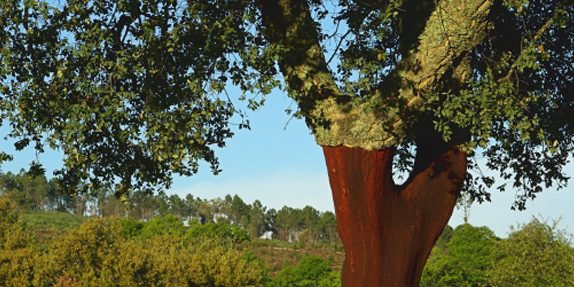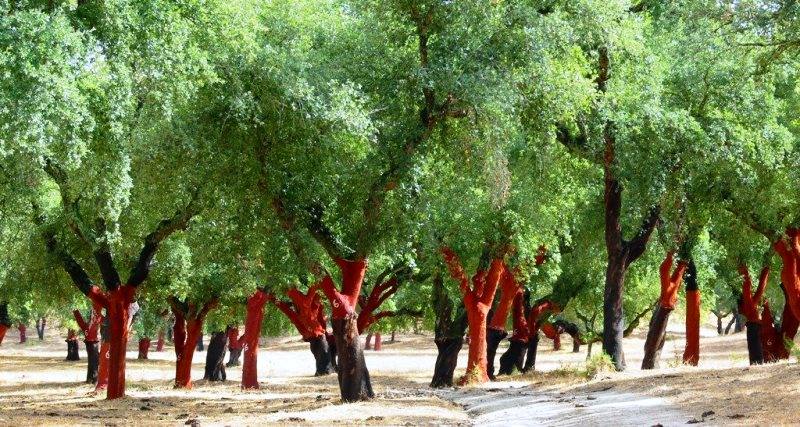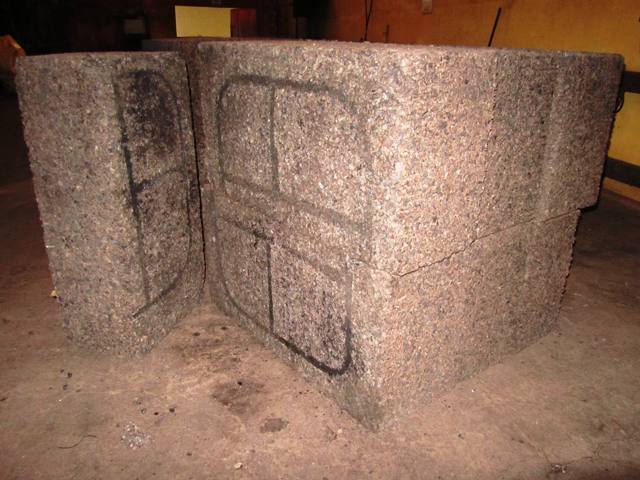Expanded cork is never going to be as cheap as synthetic insulation materials (although given its extended lifespan and capacity to retain its structural integrity for decades, it can pay for itself over the long term), but in terms of helping the planet, there is no better insulation material. Cork itself is made by stripping the bark of the cork oak tree – when this is done, the tree is not killed, rather the bark will generate over around 7 years before it can be stripped again (and these trees can last over 100 years, giving up the bark many, many times over this period). The cork oak forests exist predominantly in Portugal, Spain, Italy and northern Africa and provide a unique ecosystem as well as forming a sink for carbon dioxide. Below you can see some young trees stripped of their bark.
Expanded cork is made from the bark of the smaller branches of the cork oak trees and from younger trees, both of which do not have sufficiently good quality cork for a cork stopper supplier. This lower grade bark contains a high amount of resin and this is reason that it can be used for expanded cork: the resinous cork is granulated and then placed in an autoclave where it is subjected to heat and pressure, which liquefies the resin which then hardens and bonds the granules together. So the granules in expanded cork are actually bonded together using the resin from within them; furthermore the heating of the granules causes them to expand and trap air in them, which is what gives them such amazing insulating properties. The blocks that come out of the autoclaves are size 100x50x30cm and are then cut to size, to make boards of 10mm and upwards. Then some of the waste material is regranulated which we then supply as expanded cork granules.
Here is a photo of the expanded cork fresh out of the autoclave, prior to processing:
Please contact us if you are looking for an expanded cork supplier – we manufacture here in Portugal, but sell all round the world.










